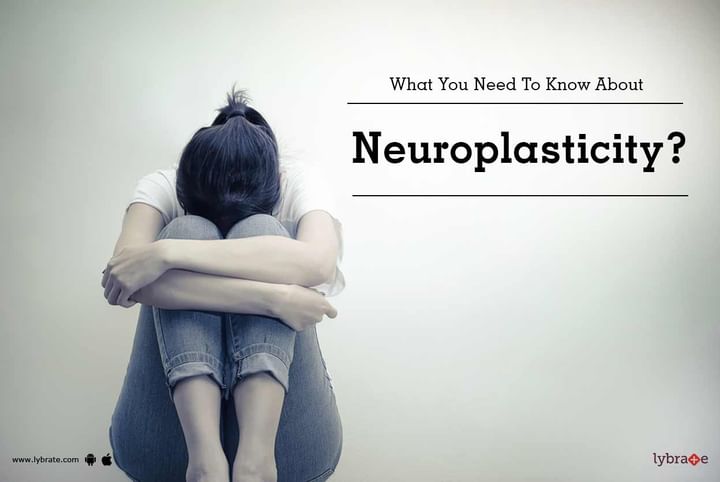Get the App
For Doctors
Login/Sign-up
Last Updated: Oct 23, 2019
BookMark
Report
What You Need To Know About Neuroplasticity?
The neurones in the brain are constantly reorganising their connections both functionally and physically according to the environment, your thinking and behaviour. This ability is known as neuroplasticity. Through neuroplasticity the nerve cells of brain can compensate for injury to some parts of the brain and enable a person to recover from stroke, birth abnormalities. It is also beneficial in treating autism, ADD, learning disabilities and helps manage obsessive compulsive disorders.
Here are seven things you should know about neuroplasticity.
- Change depends on the attentiveness of the brain: Neuroplasticity changes can only happen if the brain is alert and active. When the brain is active it releases neurochemicals that are necessary for the neurone connections to change. If a person is distracted to inattentive, these changes cannot happen.
- The more the effort; the bigger the change: Neuroplasticity changes depend on how motivated the person is to change or learn new tasks. For this reason, when it comes to using neuroplasticity for physiotherapy, it is essential to first deal with any depression or anxiety issues the patient might be having before attempting to rehabilitate them.
- It helps strengthen neural connections: Repetition of actions is one of the key elements of neuroplasticity in physiotherapy. Through this, the strength of neurone connections is strengthened to include sensory information, movement and cognitive patterns.
- It improves cell to cell connections: This is crucial to a patient’s rehabilitation as it increases reliability and makes a person more independent. In turn, this makes behaviour patterns more reliable.
- It helps predict actions: A task can usually be broken down into a series of smaller tasks. For example, feeding oneself can be broken down into steps that begin with lifting a spoon and filling it with food to finally putting the spoon into your mouth. Hence, along with completing an action, the brain must also know what to do next. Neuroplasticity helps improve this associative flow and allows the brain to predict the next step.
- Changes can be temporary or permanent: Initial changes due to neuroplasticity are temporary ad only if the brain determines the experience to be desired is this change made permanent. This is why when treating mobility issues, patients are not always able to repeat tasks in the same way.
- Memory guides the learning: When making new neural connections through neuroplasticity, the brain is taught to discard unsuccessful attempts and only remember the experience of the successful attempts. From here, adjustments are made to improve the connection.
In case you have a concern or query you can always consult an expert & get answers to your questions!



+1.svg)
